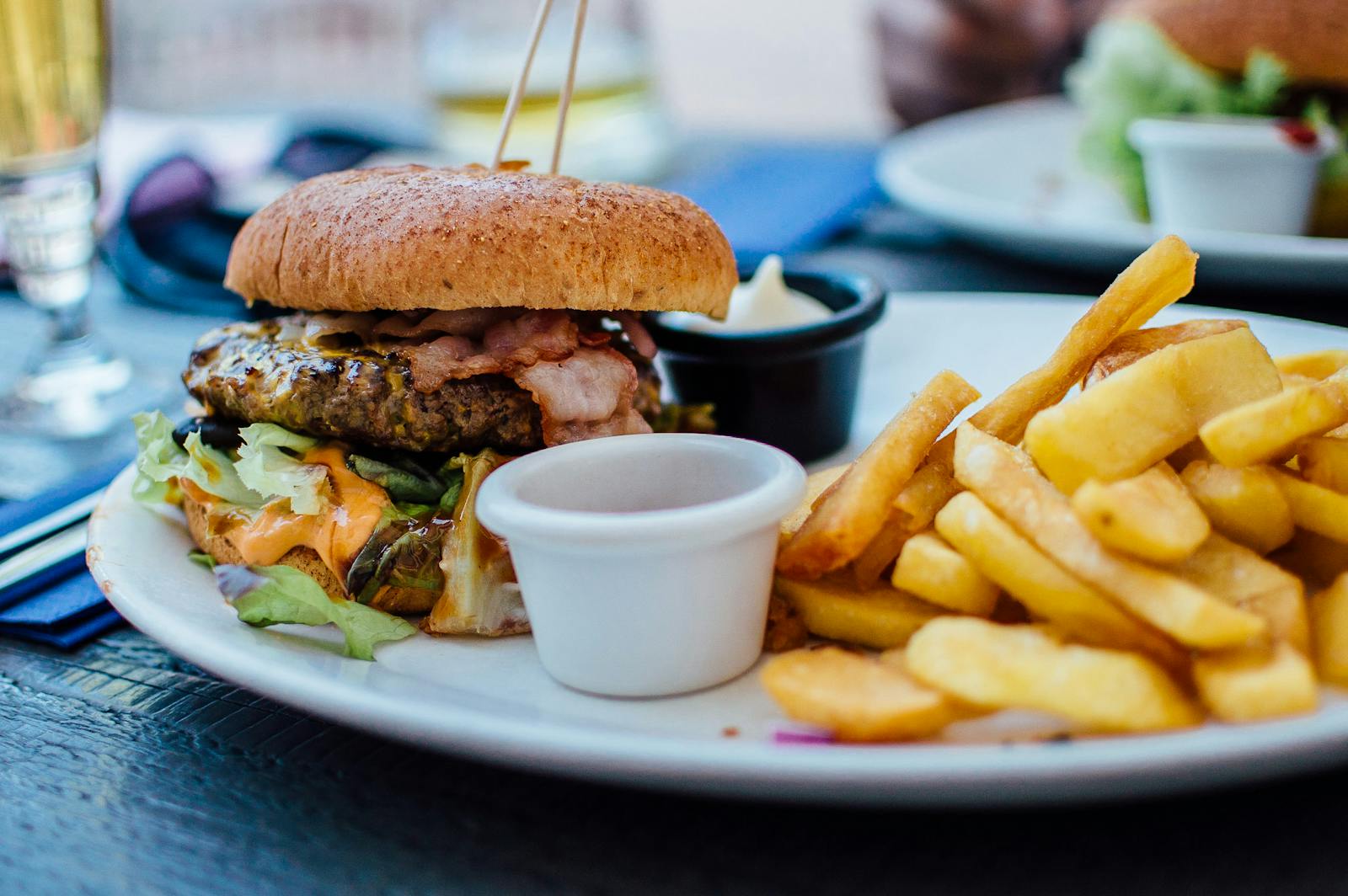
The Paleo diet is a widely-followed dietary approach that encourages consuming unprocessed foods that our early humans survived on thousands of years ago. Avoiding modern processed foods, the Paleo diet offers a natural way to boost health and fight chronic illness.
Understanding the Paleo Diet
The Paleolithic diet is based on the idea that our physiology are adapted for processing the types of ingredients our prehistoric humans ate during the Paleolithic era, which occurred from roughly 2.5 million to 10,000 years ago. This eating plan includes:
- Animal proteins (when possible grass-fed or wild-caught)
- Nutrient-dense produce
- Plant-based proteins
- Beneficial fats, such as avocado oil
In contrast, the diet avoids modern manufactured products that have become common in the last 100 years, including:
- Grain-based foods
- Processed dairy products
- Added sugars
- Legumes
Advantages of Eating Paleo
The Paleo diet delivers a wide range of positive outcomes that help enhance health. Here are some of the most notable benefits:
- Weight loss: Because of its focus on whole foods and cutting out junk foods, the Paleo diet is effective for shed excess pounds and keep the weight off.
- Improved digestion: Given that the Paleo diet eliminates grains, dairy, and legumes, many people find less bloating and discomfort, particularly for those who struggle with these ingredients.
- More stable energy levels: People who embrace the Paleo lifestyle experience improved energy, as unprocessed, nutrient-packed foods deliver more stable energy release than sugar-laden foods.
- Decreased inflammation: Because of its focus on natural fats, the Paleo diet supports the reduction of inflammatory markers, associated with many chronic diseases.
How to Get Started with the Paleo Diet
If you’re ready to the Paleo diet, here are a few steps to get started:
- Stock up on whole foods: Buy leafy greens, high-quality proteins, and healthy fats.
- Eliminate processed foods: Go through your pantry and toss anything highly processed like pre-packaged snacks and sweets.
- Meal prep: Make it easy to stick to the Paleo diet by making meals in advance that focus on whole foods.
- Drink plenty of water: Water is essential in every healthy lifestyle. Make sure you’re getting plenty of water throughout the day.
- Follow your body’s cues: The key to success with the Paleo diet is that it allows you to listen to your hunger cues—no need for strict portion control.
Final Thoughts
The Paleo diet offers a simple approach to health by paleo diet chart focusing on whole, unprocessed foods. By cutting out modern refined products, it can support sustainable wellness, making it an ideal way to support overall vitality.
© Copyright 2024